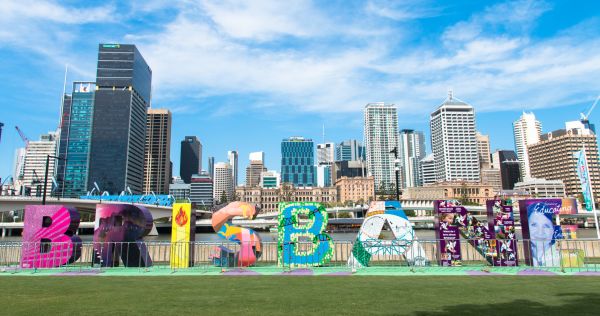The Queenslander from the year 2000: Brisbane starts to grow up and not out

The 2000 Brisbane City Plan was a 10-year vision to create a “liveable city”. Photo: iStock / Getty Images
By the year 2000, once we had all survived “Y2K” and the introduction of the GST, the Brisbane property landscape was readying to undergo a significant change.
The 2000 Brisbane City Plan, which coincidentally was more than 2000 pages in length, was a 10-year vision to create a “liveable city”, which included protecting character homes as well as housing diversity and affordability.
There was also a commitment to address urban sprawl and to ensure that each of Brisbane’s local communities had a clear sense of identity and ready access to a wide range of services through the creation of a number of local and neighbourhood plans.
PS Property Advisory director Scott McGeever was one of Brisbane’s first buyer’s agents in 1999 and remembers how the city plan changed the built environment.
“The big thing was the city plan really kicked in to keep a lot of Brisbane’s character and streetscape,” he said.

There was a move away from brick six-pack units in the 2000s. Photo: Tammy Law
“I think that was certainly a game- changer for Brisbane because when I started valuation in the ‘90s, brick and tile units were going up everywhere, six-packs and eight-packs, but that city planning put a stop to that.”
The Brisbane market was to undergo two strong periods of price growth in a 10-year period – one was at the start of the decade and the other was during late 2006 and throughout 2007.
The latter growth spurt was on the back of robust interstate migration, similar to today, but the economy was also in rude good health courtesy of the resources boom.
Big-name companies like Virgin Blue also set up shop in Brisbane, no doubt due to lobbying from then-premier Peter Beattie who was committed to Queensland becoming the “Smart State”.
So it was that more than 100 years after the early days of the iconic Queenslander, the city’s property landscape was about to start building up and not out.

Raising up and building underneath Queenslanders like this beautiful house at 22 Gizeh Street, Enoggera, became popular in the 2000s in Brisbane. Photo: Ray White Ashgrove
The city plan meant that infill townhouse development became more common, especially in suburbs such as Greenslopes, Coorparoo and Morningside.
Renovating became much more popular, too, as property owners made the most of a booming economy and market.
At the start of the decade, buyers were picking up renovation projects for about $100,000.
“It was in places like Tarragindi, Holland Park and Stafford that people were buying homes for $100,000 to $140,000 and doing a quick reno and flipping them on,” Mr McGeever said.
“There were a lot of builders and developers starting up in that decade with the rise of activity in the market and prices rising.

Character homes in suburbs like Holland Park were popular for renovating and selling on. Photo: Supplied
“All through that decade of renovation, people were buying character homes and renovating them or adding to them in a character sense.”
It was also the start of lifting homes to build underneath, because it didn’t require any extra land and was relatively affordable to potentially double the size of your house, he said.
“Raising a home back in those days cost about $20,000 to $30,000. It’s more than double that now,” he said.
Herron Todd White director valuer David Notley said as well as infill development, new houses generally started to get much, much bigger.
The eponymous “McMansion” made an appearance with floor plans of more than 200 square metres becoming relatively common.

The 2000s were a time of change for Brisbane housing. Photo: Tammy Law
Technological change was also having an impact, especially in the types of materials and facades that were popular, he said.
Render came to town in a big way and was popular for units and townhouses in particular, Mr Notley said.
“They went towards the whole rendered brick, a bit of lightweight composite, and Colorbond. They really tried to jazz it up with more of a contemporary-style look,” he said.
“It probably extends similarly to a lot of the dwellings, like the projects homes out in the fringe suburbs.
“You could tell a distinctive difference between that and something that was built with in the ‘90s, which was just a plain brick and tile, or brick and Colorbond.”
Towards the end of the decade, Queensland’s property market had experienced a stellar run, but the onset of the GFC and the heartbreak of double natural disasters not long after would prove to have a lasting impact on the sector.



